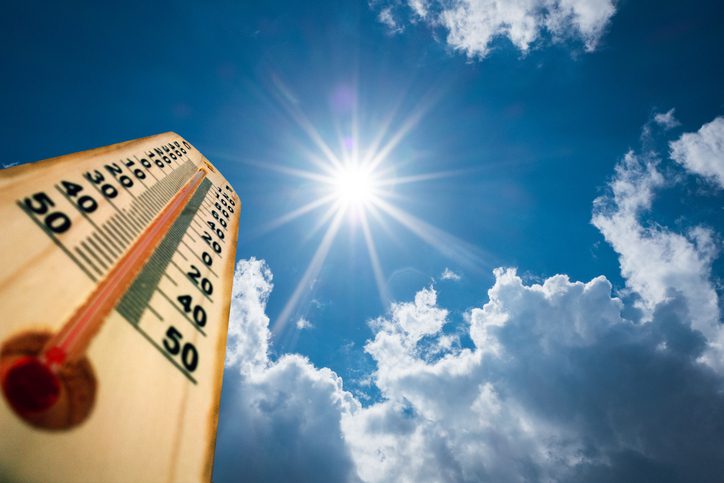Heat training: Why it’s good
It's more than physiological

Canada is in the middle of one of the hottest summers on record. Across our country record highs are begin reached and surpassed daily. When the temperatures begin to climb into the 30s many people will shy away from training outdoors. Triathletes though will jump on this opportunity to get in some heat training.
RELATED: Ten training in the heat hacks
For a beginner or even a seasoned veteran, heat training can be overlooked. However, training in the heat can benefit your performance on race day. Why?
Over time a few things happen when you train in the heat. First, your body adapts, also known as heat acclimatization. Often in the lead up to Kona or other big races in extreme conditions, triathletes will go to the race location early to acclimatize to the environment. Second, you work on your mental muscle. If you’re only training in the cool of the morning or evening, your mind doesn’t know what it’s like to have to do the same effort in the heat or humidity. Lastly, you’re able to formulate a plan before you race in these conditions. What will you put in your water? What will you eat in order to minimize the detrimental effect of the heat? How will you pace yourself in the race?
By training continuously outside in the heat, your body will begin to sweat earlier. This means you will become more efficient at cooling off. Sweat isn’t a bad thing. It’s actually a very good thing and the earlier/more you sweat, the better you can keep cool. However, you also have to be on your nutrition, taking in fluid and electrolytes.
Numerous studies in this area have also found that training in the heat can increase a person’s blood plasma volume, this leads to better cardiovascular fitness, as well as reduce your overall core temperature and blood lactate levels when training. Additionally, research shows an increase in skeletal muscle force following repeated heat training sessions. Researchers even claim that training in the heat may increase ones VO2 max more effectively than altitude training. In an article by Outside Online, Professor Santigo Lorenzo of the University of Oregon claims that “Heat acclimation provides more substantial environmental specific improvements in aerobic performance than altitude acclimation.”
The more your body gets used to training in the heat, the more your brain gets used to it. If you never run in the middle of the day, you’re not going to have the experiences needed to execute your best race when running the final kilometres of a 70.3 or full Ironman.
By training in the heat more often, you can experiment with different nutrition plans and pacing. What will you take at an aid station? Does your body do a good job of stomaching solid food in the heat? What glasses and/or hat will you wear? What about your kit? By training in the environment you’ll race in, you’re able to gain experiences that’ll help you on race day.
